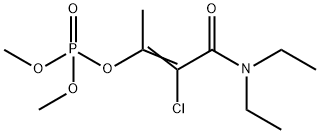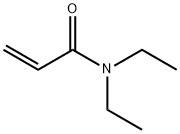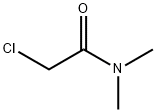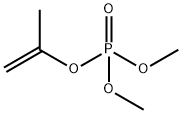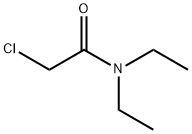Phosphamidonsolution , u=4%100μg/ml , 13171-21-6
Synonym(s):
2-Chloro-N,N-diethyl-3-(dimethylphosphono)crotonic amide
CAS NO.:13171-21-6
Empirical Formula: C10H19ClNO5P
Molecular Weight: 299.69
MDL number: MFCD00055301
EINECS: 236-116-5
PRODUCT Properties
| Melting point: | 120-123℃ |
| Boiling point: | bp1.5 162°; bp0.001 120° |
| Density | 1.2132 g/cm3 (20 ºC) |
| vapor pressure | 2.2×10-3 Pa (25 °C) |
| refractive index | 1.4718 (589.3 nm 25℃) |
| storage temp. | 2-8°C |
| Water Solubility | Totally miscible |
| pka | -1.61±0.70(Predicted) |
| form | liquid |
| Merck | 13,7423 |
| BRN | 8323501 |
| EPA Substance Registry System | Phosphamidon (13171-21-6) |
Description and Uses
Types of phosphamidon formulations include soluble liquid, suspension concentrate and emulsifiable concentrate, ULV liquid, and 10% granules Phosphamidon is a pale yellow to colourless oily liquid with a faint odour. It is miscible with water and is soluble in aromatic hydrocarbons. Technical phosphamidon is a pale yellow to colourless oily liquid with a faint odour. It consists of a mixture of (Z)-isomer and (E)-isomer in the approximate proportion of 70:30. It decomposes on heating and releases highly toxic fumes such as phosphorus oxides, hydrogen chloride, and nitrogen oxides. Phosphamidon reacts and gets rapidly hydrolysed by alkalis and decomposes on heating or on burning, producing highly toxic fumes. It attacks metals such as iron, tin, and aluminium. It is used as a broad-spectrum insecticide and acaricide for the control of pests and vectors on crops like sugarcane, rice, citrus orchards, and cotton.
Insecticide used to control sap-feeding insects and other pests in a wide variety of crops
Safety
| Symbol(GHS) |    GHS06,GHS08,GHS09 |
| Signal word | Danger |
| Hazard statements | H300+H310+H330-H341-H410 |
| Precautionary statements | P201-P202-P273-P280-P302+P352+P310-P304+P340+P310 |
| Hazard Codes | T+,N |
| Risk Statements | 24-28-50/53-68 |
| Safety Statements | 23-36/37-45-60-61 |
| RIDADR | 3018 |
| WGK Germany | 3 |
| RTECS | TC2800000 |
| HazardClass | 6.1(a) |
| PackingGroup | II |
| HS Code | 29241200 |
| Hazardous Substances Data | 13171-21-6(Hazardous Substances Data) |
| Toxicity | LD50 orally in rats: 24 mg/kg (Gaines) |

